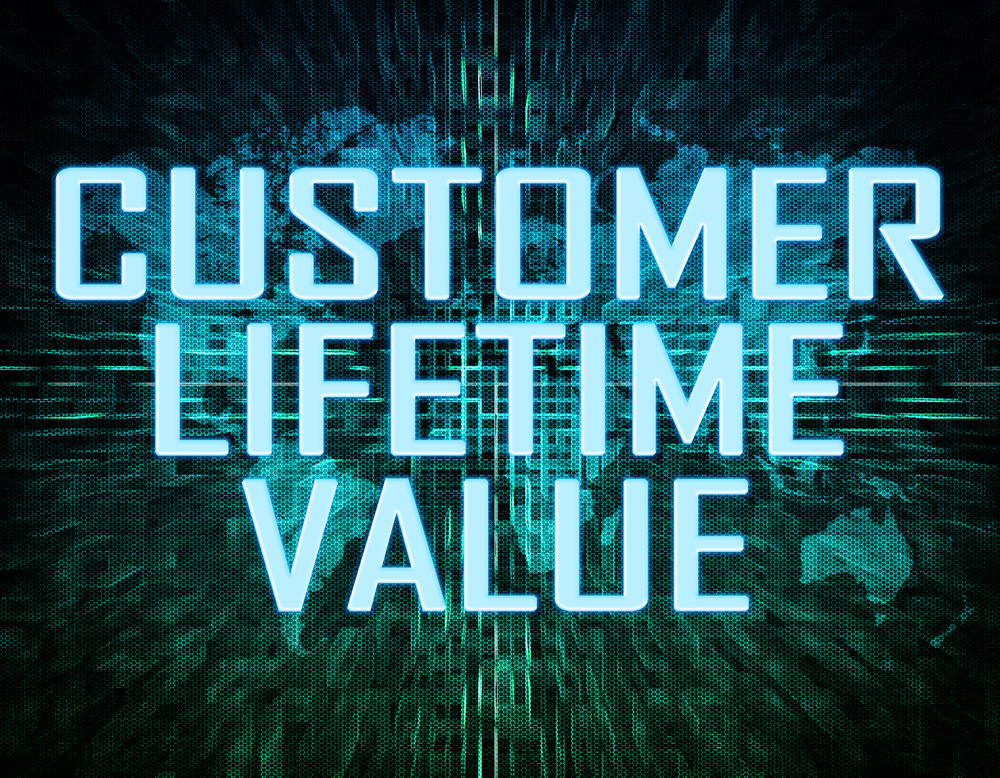The recurring theme through this year has been customer retention. The needle is now moving from customer acquisition to customer retention. According to the Hansa Cequity insights team it costs anywhere from 5x to 25x more to acquire new customers compared to retaining customers. According to Bain, increasing customer retention by 5% increases profits by 25% to 95% and repeat customers spend 67% more than a new customer. These statistics itself should end the debate. I am not for a moment denying the need for acquiring new customers because that reflects future potential. But the fact that your existing customers can deliver growth today is too lucrative and too obvious to ignore. Once we conclude this debate, we move to the next question, which customers do we retain? What is the churn? Customer churn rate is a metric that measures the percentage of customers who end their relationship with a brand in a defined period. The higher the churn rate, the more investors and the stock markets question the company’s viability. Reasons for high or low churn are different and need to be understood and analysed and, in most cases, it is the result of poor customer acquisition strategies. Many brands or services are attracting the wrong kind of customers. Initial promo pricing to lure in numbers is one big reason, perennial deal seekers won’t exactly stick around, mis-selling is another.
How does one arrive at an understanding of the most valued customer? The CLTV or Customer Lifetime Value is one model that is used effectively. Simply put Customer Lifetime Value (CLTV) is the revenue or margin that the organisation can generate from one customer over her/his lifetime. It considers the customer’s revenue value and compares it to the company’s predicted customer lifespan. Organisations use this metric to identify customer segments that are the most valuable. By measuring CLTV in relation to customer acquisition costs (CAC), organisations measure how long it takes to recover the investment required to earn a new customer.
The question that the CEO always will have is – “These predictions are based on historic data. How do we infuse certainty into the future?”
CLTV assists marketers in optimizing their acquisition and retention strategy. It is the one of the best optimization metrics, it enables one to focus efforts towards the right channels and audiences as well as to fine tune marketing budgets and margins from the most valuable customers. Thus, resulting in better ROI. The CLTV model tries to address some of these concerns. CLTV calculations and models are complex. They require multiple data feeds from sales, marketing, finance and other teams and involves complex modelling techniques. Trust me, getting the CLTV wrong is not really an option! In this blog, I have stayed away from the formula, because there in no one right formula and as it is, this is not a modelling tutorial.
Having said that, how does one arrive at a CLTV? There are two components of the CLTV calculation. They are – purchase frequency and average order value or average basket size (revenue). To simplify it further lets beak it up in the following steps:
- Average basket size: Calculate this by dividing total annual revenue by the number of purchases made in the same period.
- Average purchase frequency: Calculate this by dividing the number of purchases with the number of unique customers who bought during the same time period.
- Customer value: Calculate this by multiplying the average basket size by the average purchase frequency rate.
- Average customer lifetime: Calculate this by averaging the number of years a customer continues purchasing from the brand/service.
- Calculate CLTV: multiply customer value by the average customer lifetime. This will give you the average expected revenue a customer is likely generate.
Having said that, CLTV can be calculated in multiple ways it depends on the Industry – e-comm, automotive, finance, retail are completely different businesses and each of them plays a distinct role in the customers life. Hence, arriving at CLTV for each of them is unique and one needs to factor in that context. How does one address HLTV (high lifetime value) and LLTV (low lifetime value). Can this be changed? CLTV can be improved by effectively using data analytics attribution models, well-articulated and curated customer journeys and relentless focus measuring the key metrics. And lastly, calculating CLTV is a continuous task and not a one-time activity because customers, markets, products, services, technology and human behaviour is continuously evolving. With data getting more diverse, granular and easily available, evolution of these CLTV models will be key to planned business growth.

